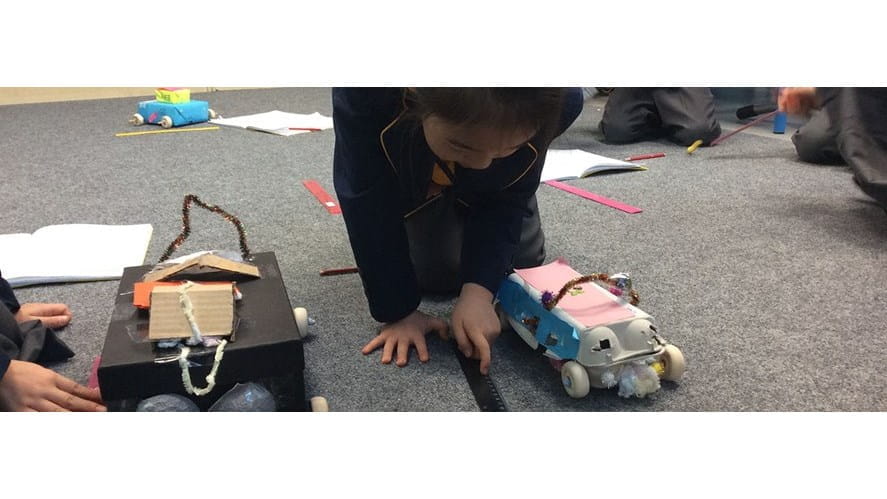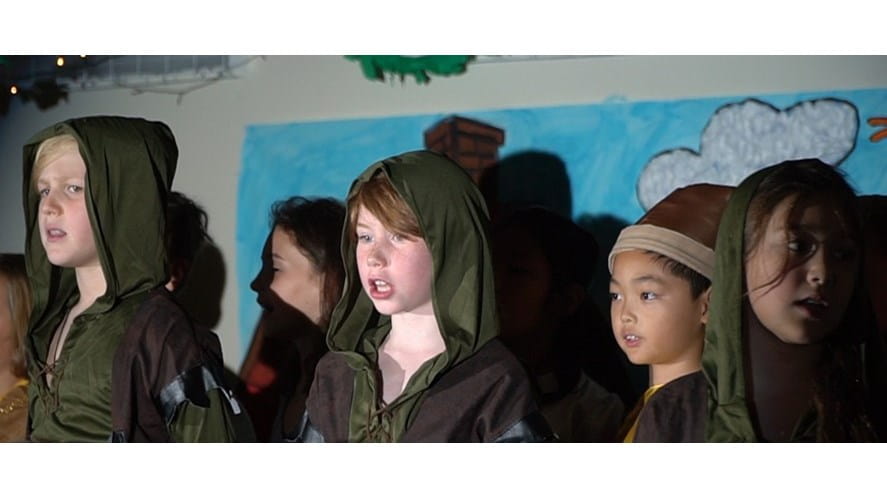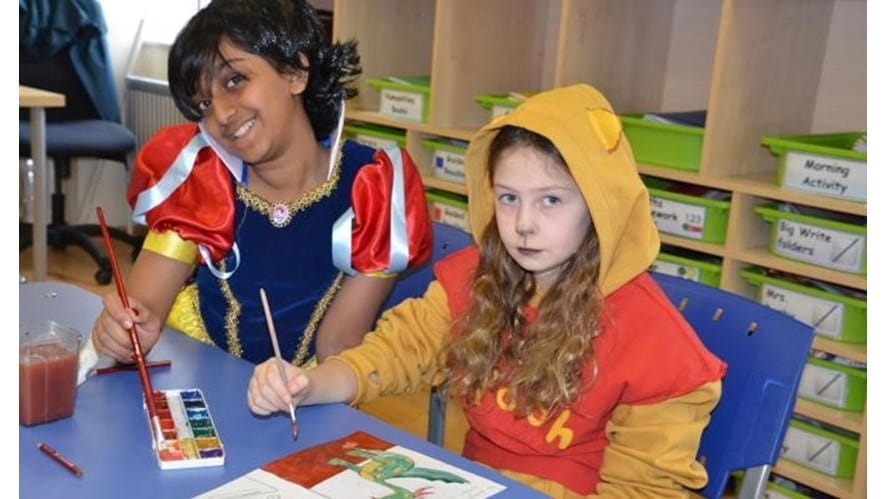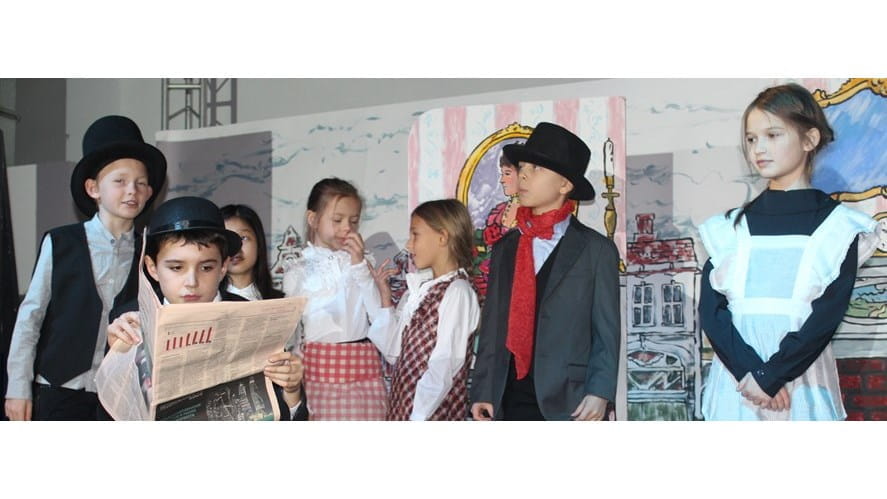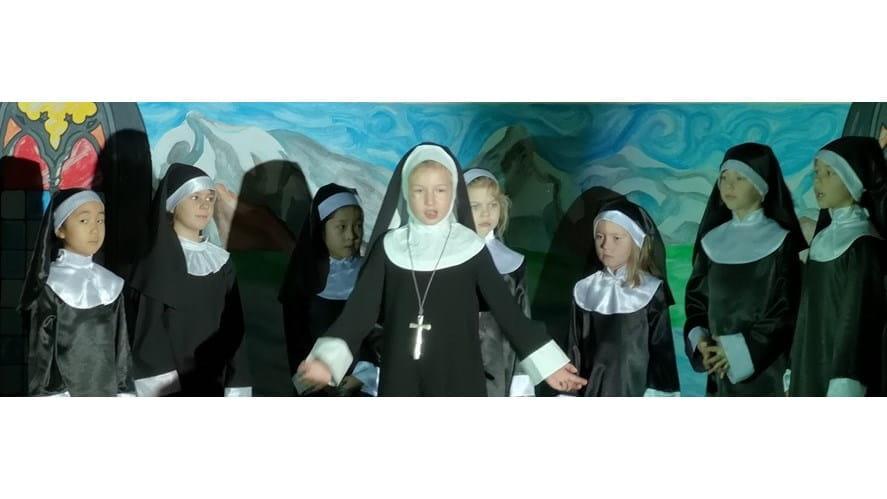The Immersive Science of Cars
In Science this term we have been learning a lot about ‘Healthy Me’, ‘Material Monsters’ and in the past week, ‘The Science of Cars’.
In Science this term we have been learning a lot about ‘Healthy Me’, ‘Material Monsters’ and in the past week, ‘The Science of Cars’.
The road to discovery is always more enjoyable when practical work, initiative and creativity are involved. Year Two recently took a very literal journey down this road, when they designed and constructed their own automobiles.
To start off the project, the children had to carefully plan what materials they could use to construct their car in a sturdy fashion. This involved careful testing of the properties of each material and making decisions on their durability. Later, the children had to plan what their cars might look like and what materials would be suitable or the more aesthetic characteristics of their car. Everything from the sunroof to the headlights needed to be carefully considered.
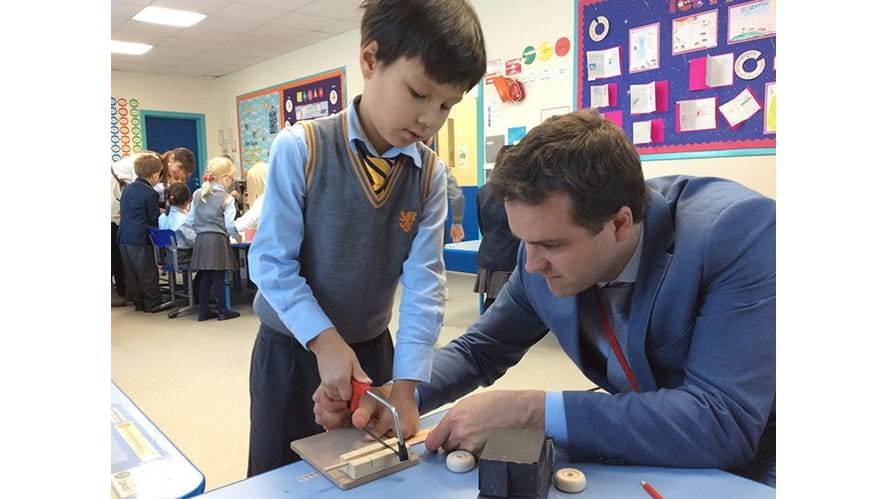
Once the children had finalised their designs and understood the materials that they would use, they cooperated with their parents to help finalise the chassis, fit the axles and attach the wheels. Of course, no car was complete without the appropriate decorations and paint.
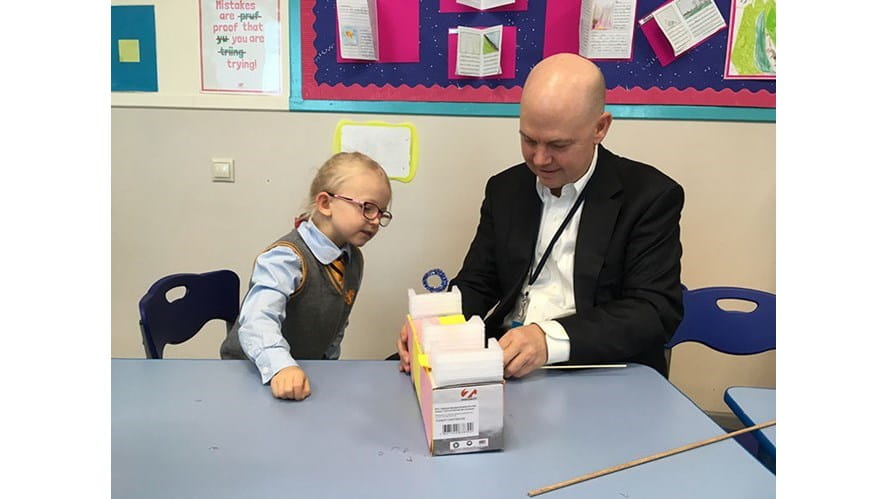
When all their engineering work had been completed the children’s work continued. They conducted experiments with their teachers. Each car that was made was used to test which surfaces it would move best on. They tested their cars on carpet, tables and any other surface that provided a different kind of friction or interaction with their car’s wheels. There were certain conditions that they had to adhere to and the children enjoyed brainstorming what makes a fair test. The children were very happy with the results and believed their results to be reliable and accurate.
By Mr. Stephen Barrett,
Year 2B Teacher



